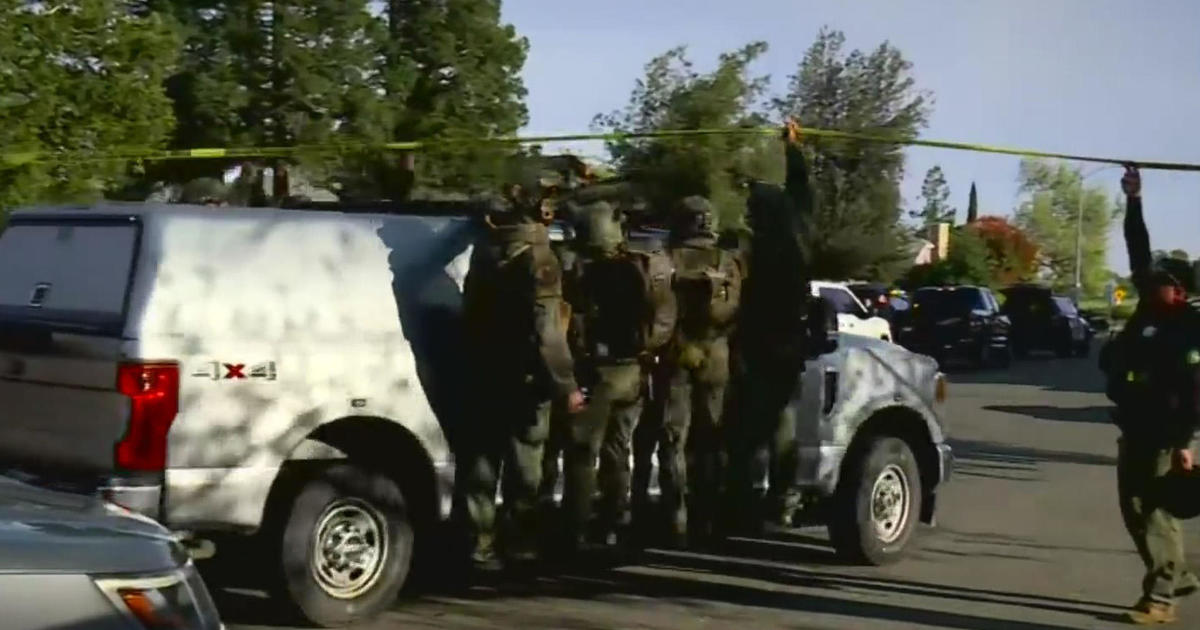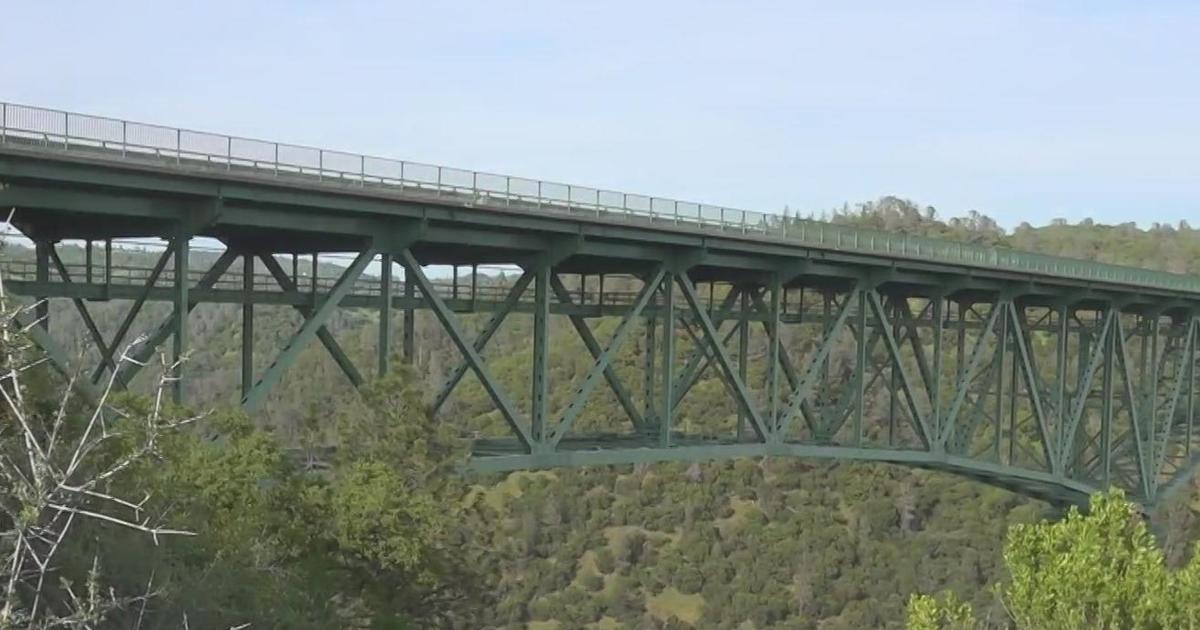Feds Sign Off On Temporary Bay Bridge Fix
SAN FRANCISCO (AP) — Plans to open the new eastern span of the San Francisco-Oakland Bay Bridge as scheduled on Labor Day got a boost when federal officials signed off on a temporary fix for cracked seismic safety bolts that have threatened to delay the opening by months.
In a letter, the Federal Highway Administration said it was "impressed" with the level of expertise used to come up with the temporary fix and saw no reason to delay opening the bridge to traffic before long-term repairs are finished. The letter, signed by FHA Division Administrator Vincent Mammano, is dated Aug. 9 and is addressed to Steve Heminger, head of the Toll Bridge Program Oversight Committee.
"We're happy to hear this," said Randy Rentschler, a spokesman for the Metropolitan Transportation Commission, one of the three agencies that would have to sign off on the temporary fix. "This is meaningful new information, and it will be duly considered."
Rentschler said he was not sure when a final decision will be made. The MTC, California Department of Transportation and California Transportation Commission were scheduled to discuss the federal findings on Tuesday.
The temporary fix involves installing steel plates in the area of the broken bolts to help prevent movement during an earthquake. It would be in place while long-term repairs occurred. Those repairs involve the installation of a steel saddle that would replace the clinching function of the failed bolts.
Installation of the plates for the temporary fix would likely not take more than a day, Rentschler said.
The cracked bolts were discovered in March after they were tightened. They secure earthquake shock absorbers to the deck of the bridge. Officials said last month that repairing the cracks would take contractors until at least December, pushing back the bridge's opening. The idea for the temporary fix surfaced days later.
The $6.4 billion bridge project was undertaken because the existing eastern span, built in the 1930s, was not considered earthquake-safe. It was damaged during the 1989 Loma Prieta earthquake. But even before the bolts cracked, it had experienced years of cost overruns and construction and design delays.
Though the bridge would not be complete with the temporary fix, it would still be safer than the current eastern span, Rentschler said.
"The goal of this project from the beginning is to find a safe alternative to what we know is a bridge that's vulnerable to earthquakes," he said
But Abolhassan Astaneh-Asl, a civil engineering professor at the University of California, Berkeley and longtime critic of the bridge project, disagreed, saying opening before the long-term repairs are complete would be unsafe. That's because only those repairs would make up for the loss of a critical device called a "shear key" that was compromised when the bolts failed, he said. The shear key is designed to resist lateral motion of an earthquake.
"It can do more harm to the bridge if an earthquake hits than good," he said. "I'm surprised the Federal Highway Administration approved this."
Copyright 2013 The Associated Press.



